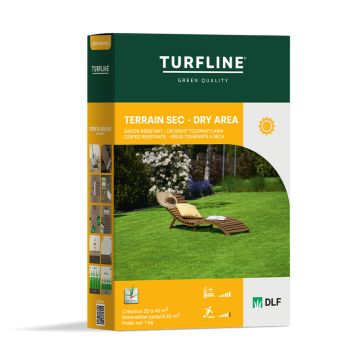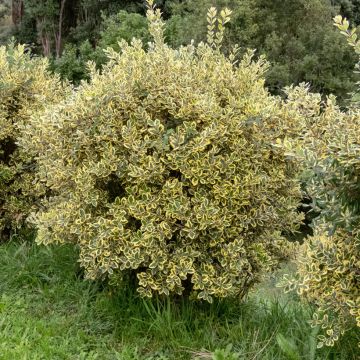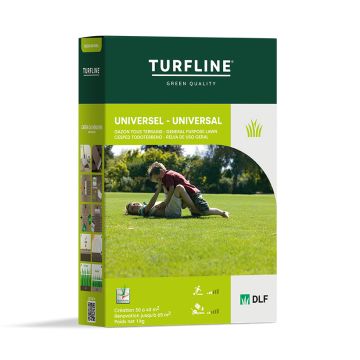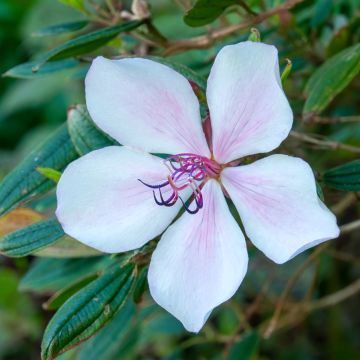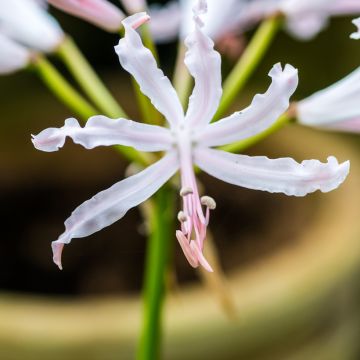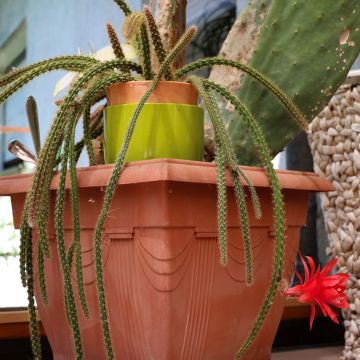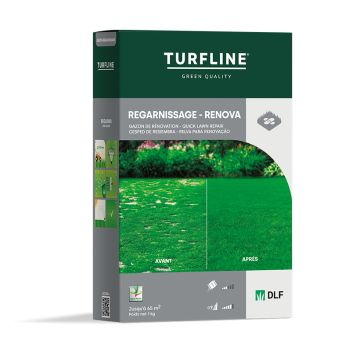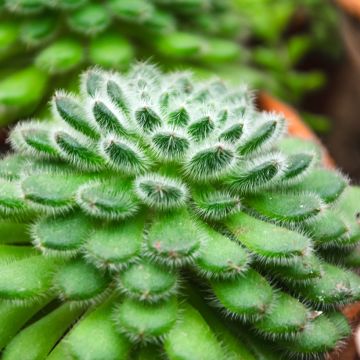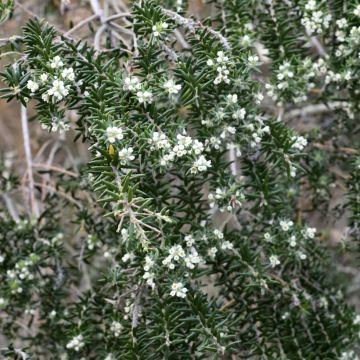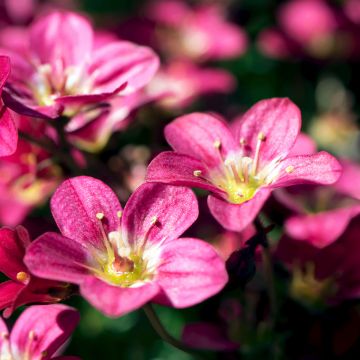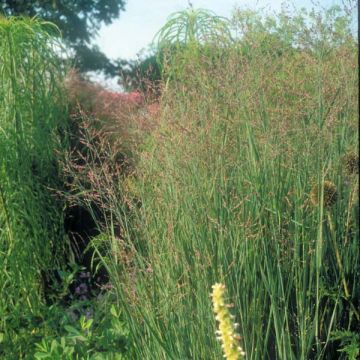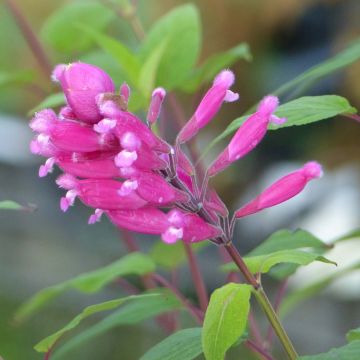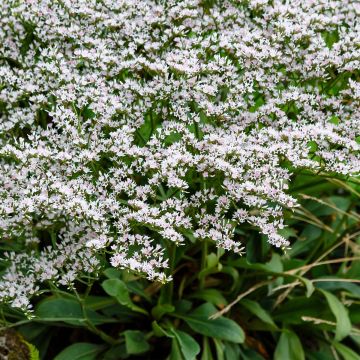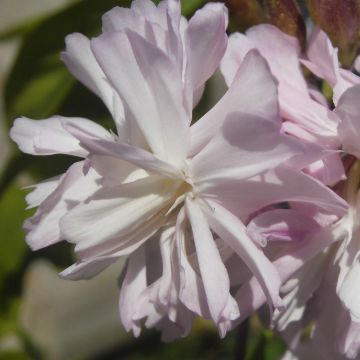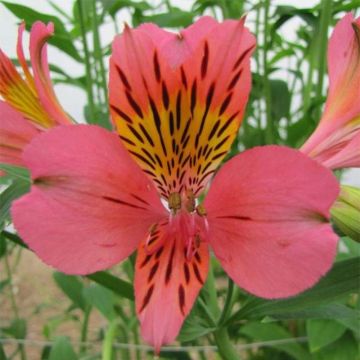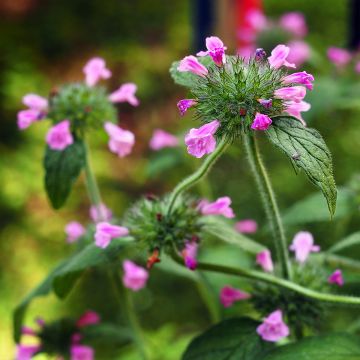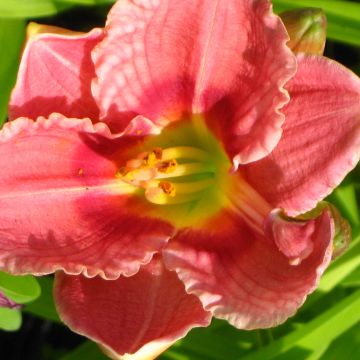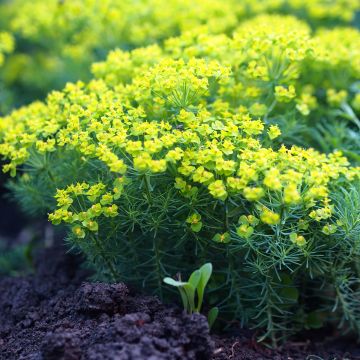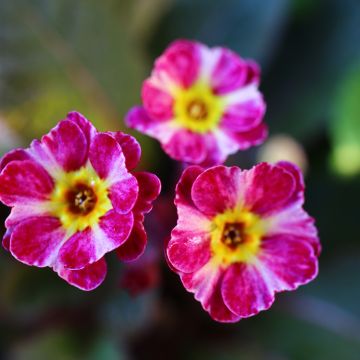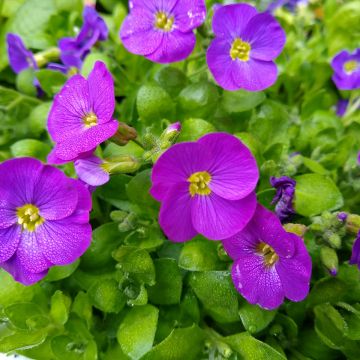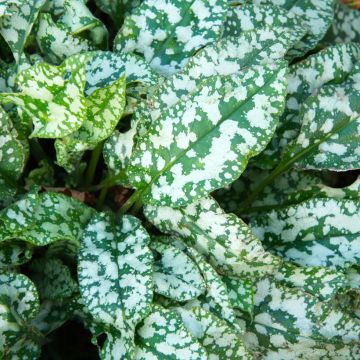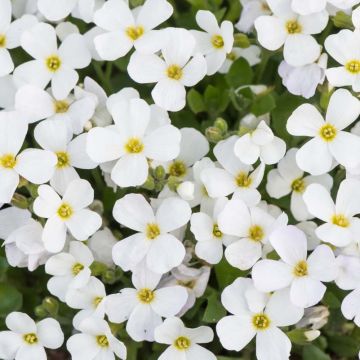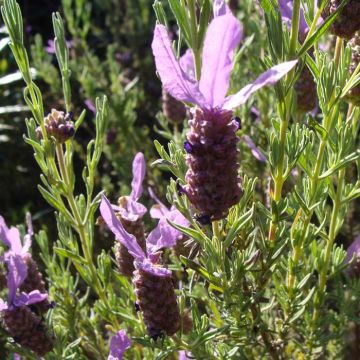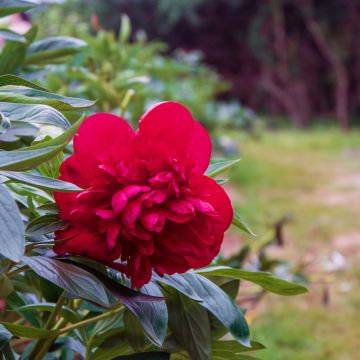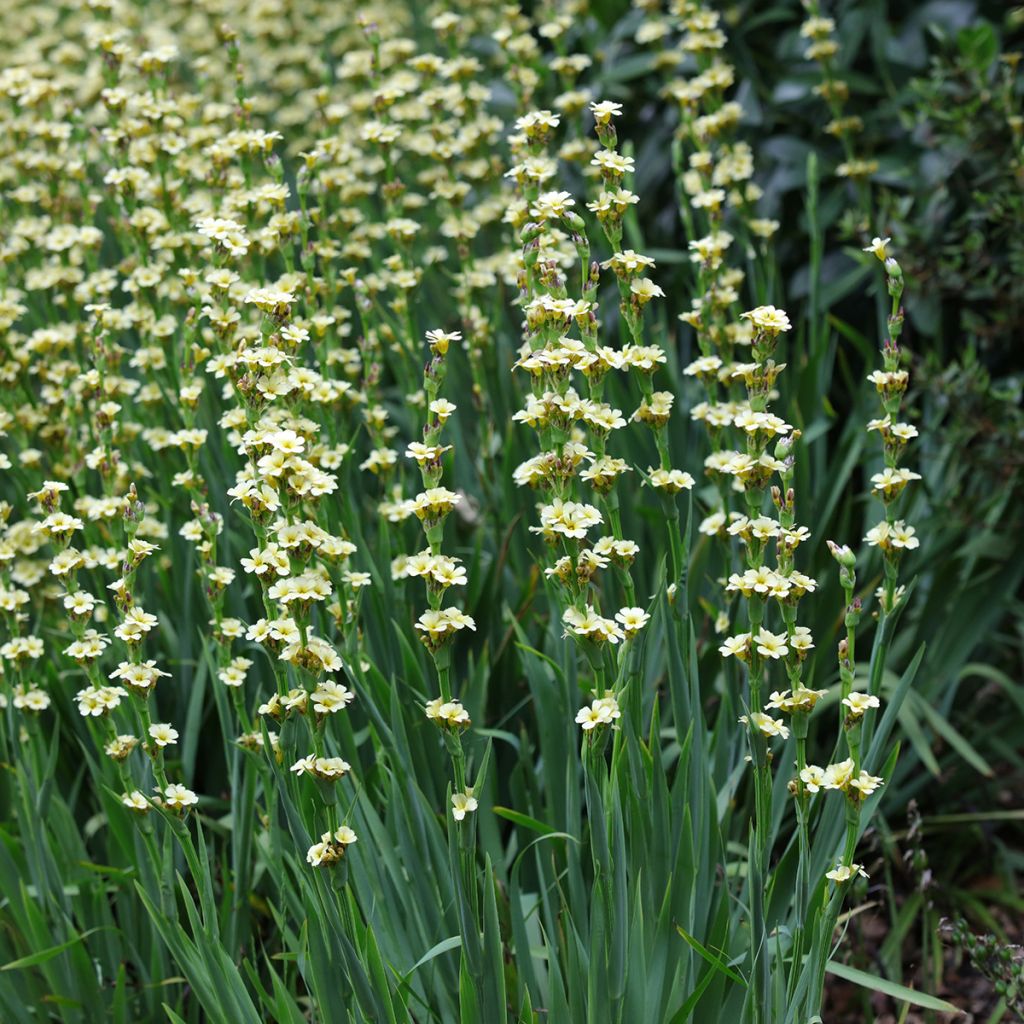

Sisyrinchium striatum
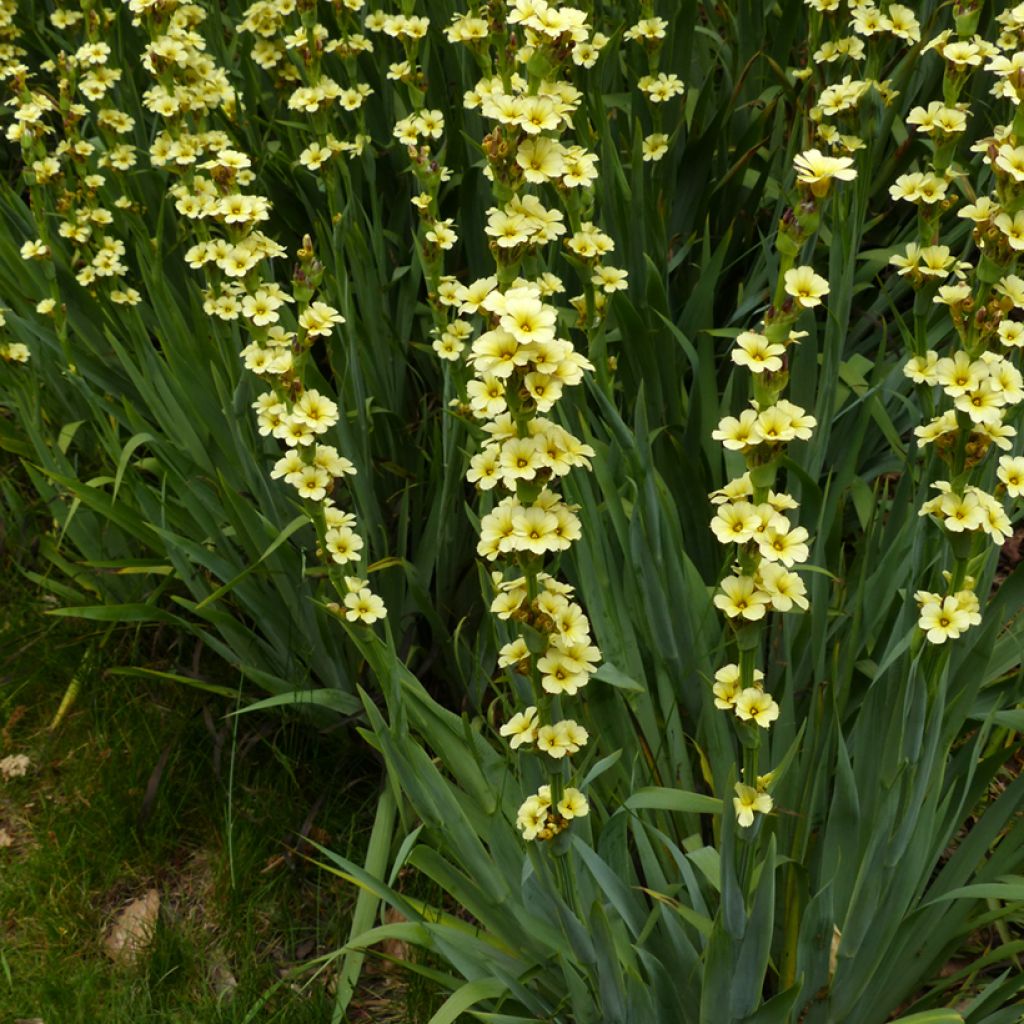

Sisyrinchium striatum
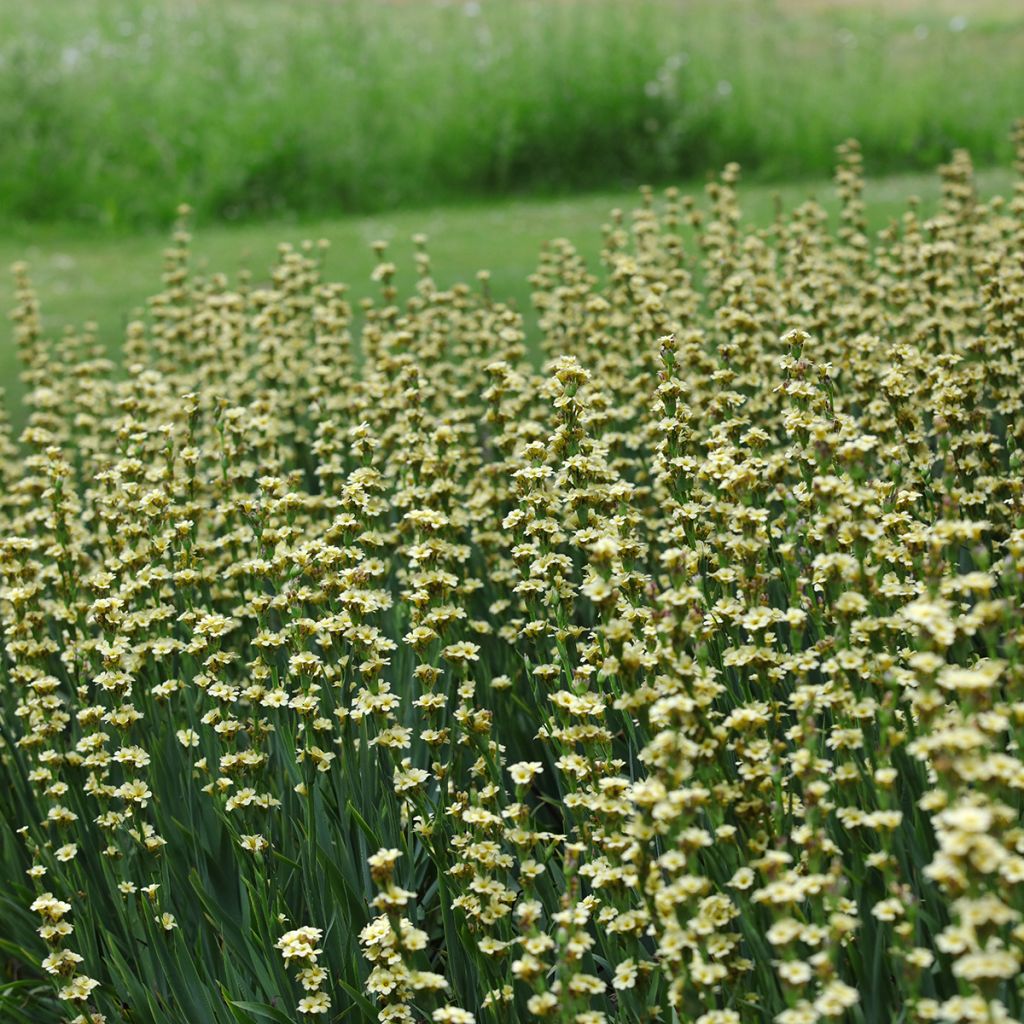

Sisyrinchium striatum
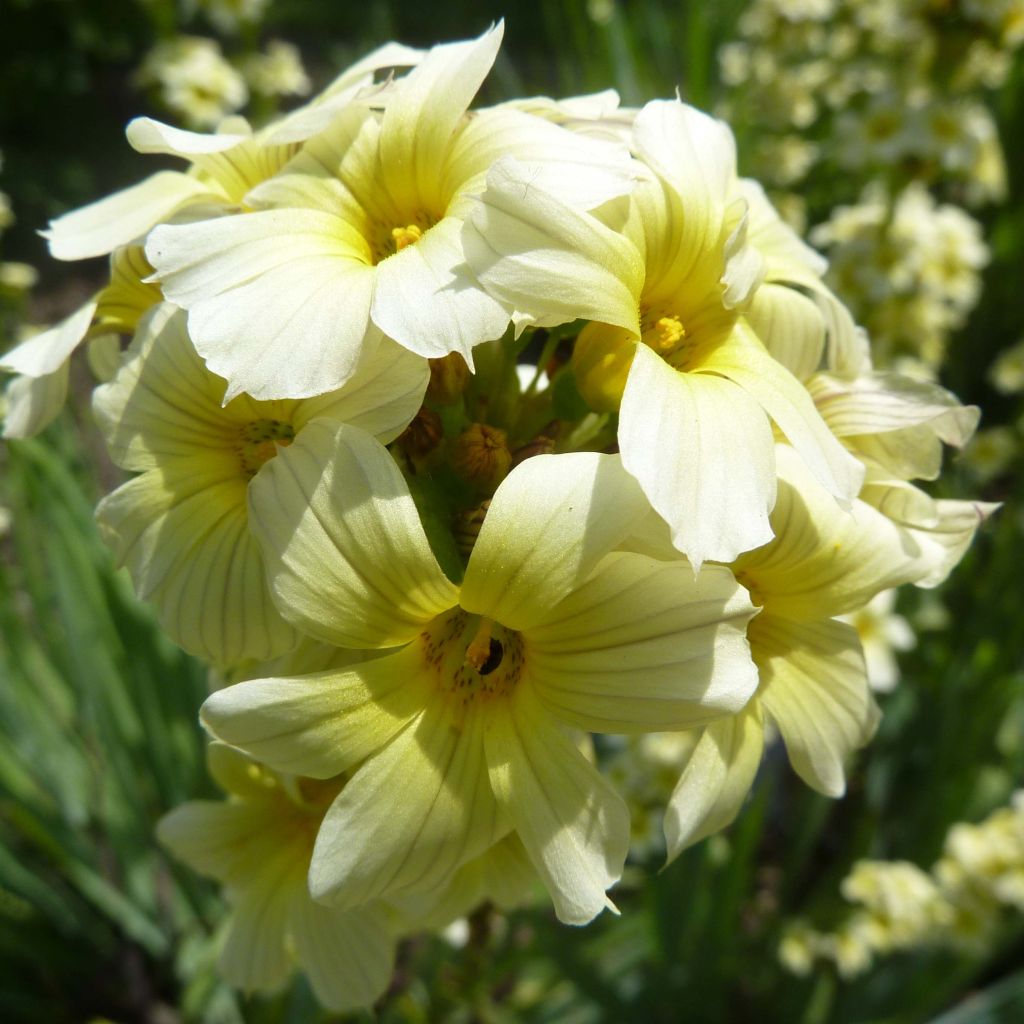

Sisyrinchium striatum
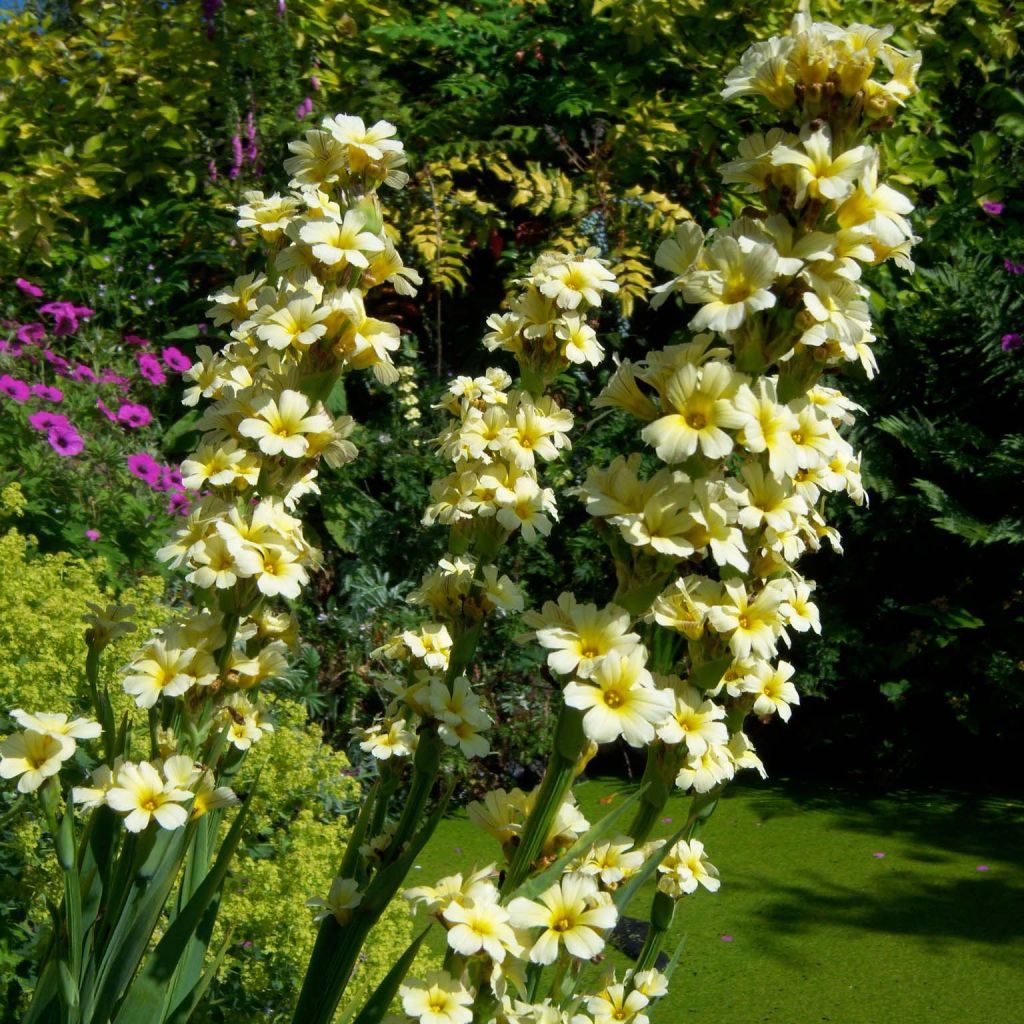

Sisyrinchium striatum
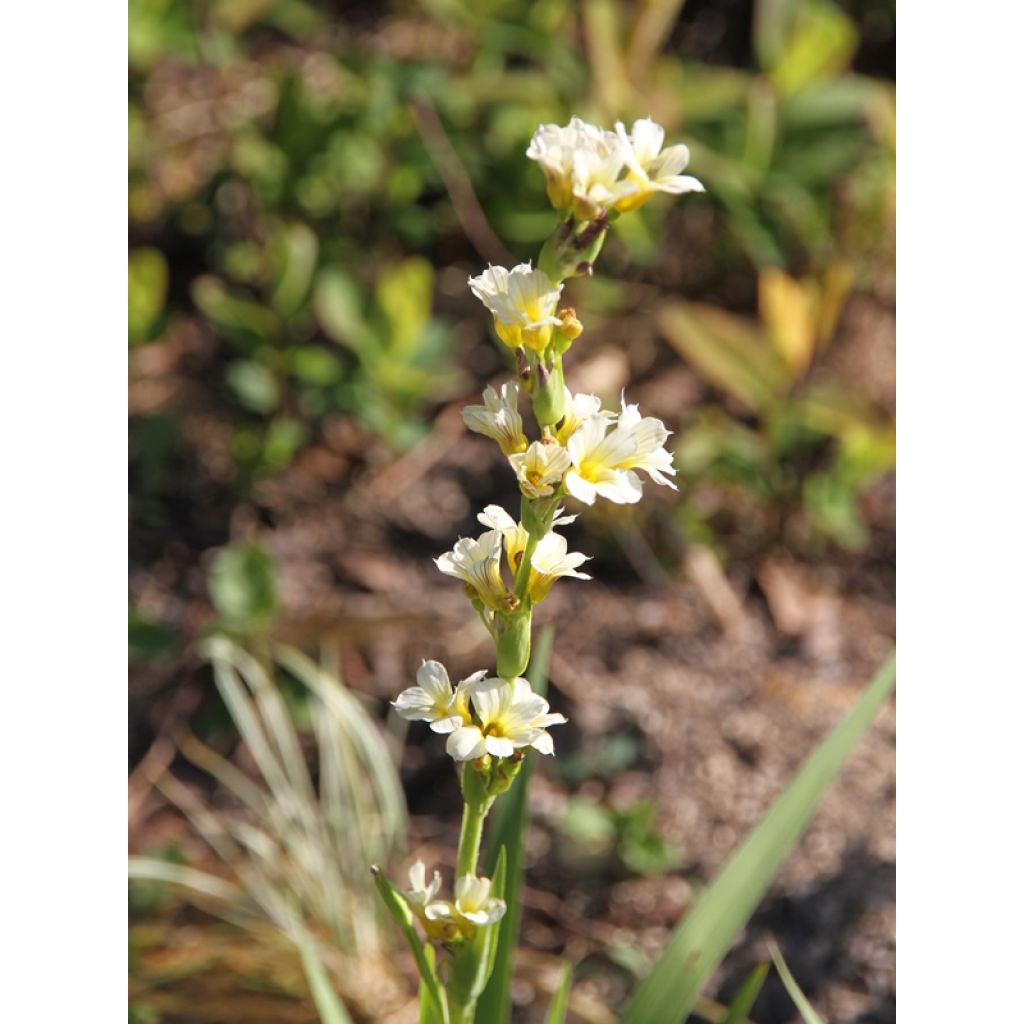

Sisyrinchium striatum
Sisyrinchium striatum
Sisyrinchium striatum
Pale yellow-eyed grass, Yellow Mexican satin flower
Why not try an alternative variety in stock?
View all →This plant carries a 12 months recovery warranty
More information
We guarantee the quality of our plants for a full growing cycle, and will replace at our expense any plant that fails to recover under normal climatic and planting conditions.
From €7.90 for pickup delivery and €6.90 for home delivery
Express home delivery from €8.90.

Does this plant fit my garden?
Set up your Plantfit profile →
Description
Sisyrinchium striatum, also known as striped yellow-eyed grass, is a rhizomatous and evergreen perennial plant. It is a cousin of irises. It is hardy and easy to grow. In summer, it produces narrow stems adorned with pale-yellow star-shaped flowers, streaked with purple, emerging from a clump of narrow, greyish-green leaves. While it tolerates drought well, it appreciates moisture that enhances its beauty. It thrives in sunny locations and well-drained, even poor and slightly calcareous, soils where it readily self-seeds.
Native to Argentina, Brazil, and Chile, Sisyrinchium striatum, also known as Phaoiophleps nigricans, belongs to the Iridaceae family. This upright tufted perennial reaches a height of 50 to 70cm (20 to 28in), a width of 35cm (14in), and has a moderately fast growth rate. Sisyrinchium forms a dense, compact, and spreading clump. In late spring and summer, flattened stems appear among the foliage, bearing 6-petalled, pointed yellow flowers arranged in an open cup around a more intensively coloured throat streaked with purple markings. The reverse side of the petals is striated with brown-purple. 5 to 15 flowers are grouped in whorls along the spikes, each spike capable of bearing up to 120 flowers in a season. Only 1 to 3 flowers are open simultaneously on each whorl. The plant produces an abundance of round, black seeds that germinate easily. Its greyish-green foliage is fan-shaped, grass-like, linear, and evergreen. The floral stems and foliage gradually turn black during the season. This perennial is hardy down to -15°C (5°F) in porous soil.
Plant Sisyrinchium striatum in any moist but well-drained soil, even poor and rocky. It requires a sunny exposure to bloom. A truly attractive and undemanding plant in many respects, it is essential in wild, Mediterranean, or even Asian-inspired gardens due to its sleek forms. It also brightens up rockeries, as well as the surroundings of waterfalls and artificial streams, with its unexpected appearance near the base, popping up here and there to give the landscape a natural look. It pairs well with the grey foliage of wormwoods, Crocosmia x crocosmiiflora 'Emily McKenzie', or Calamagrostis x acutiflora 'Karl Foerster'. This perennial is suitable for rockeries, containers, borders, waterfalls, streams, banks, flower beds, or lagoons.
Sisyrinchium striatum in pictures
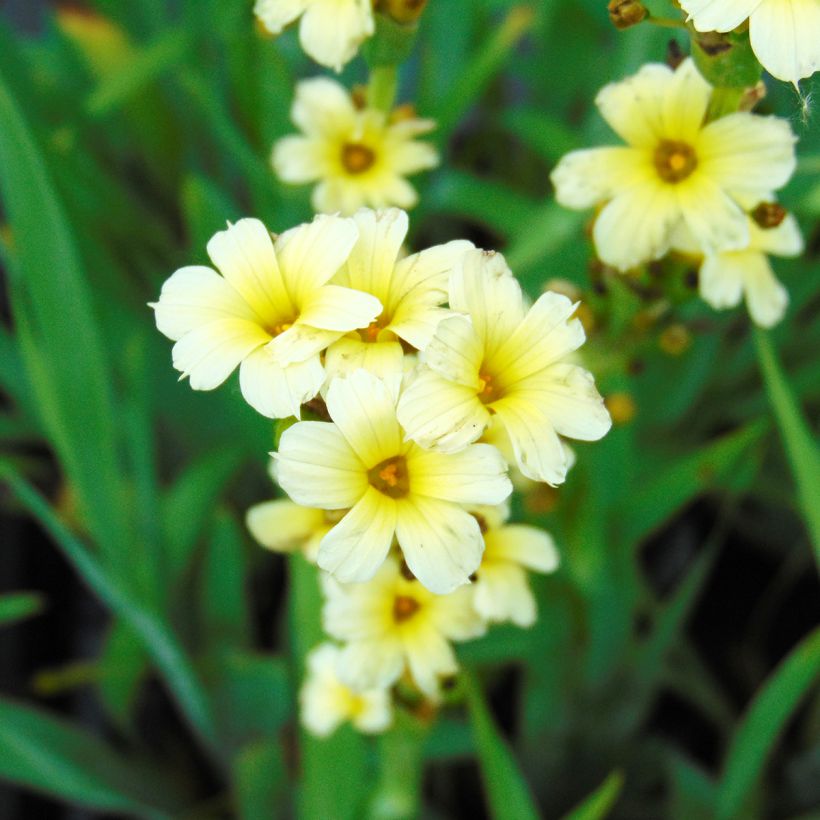

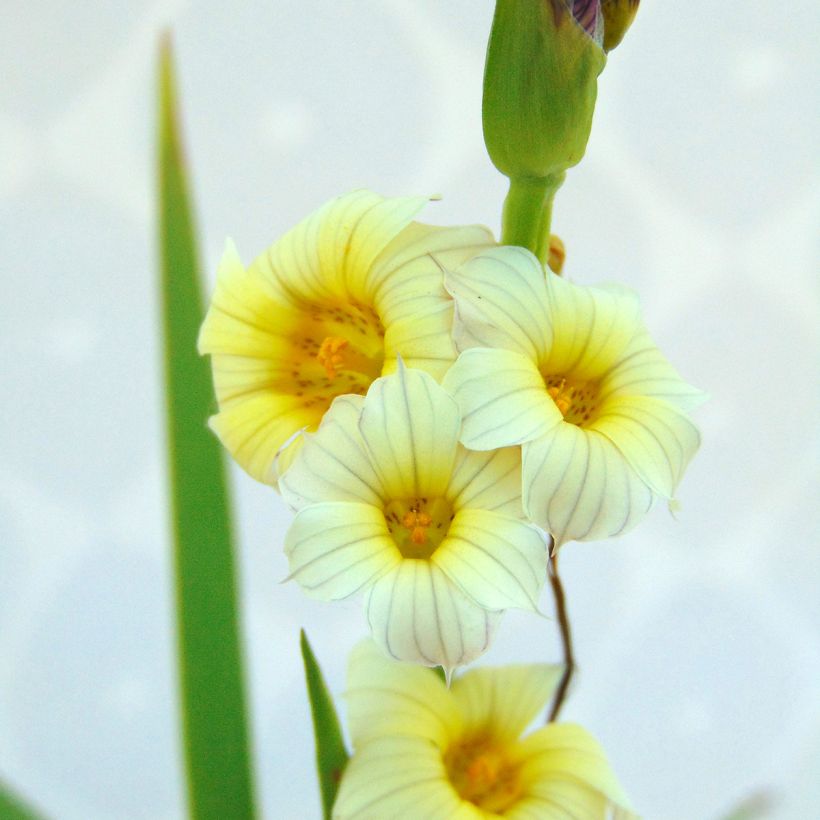

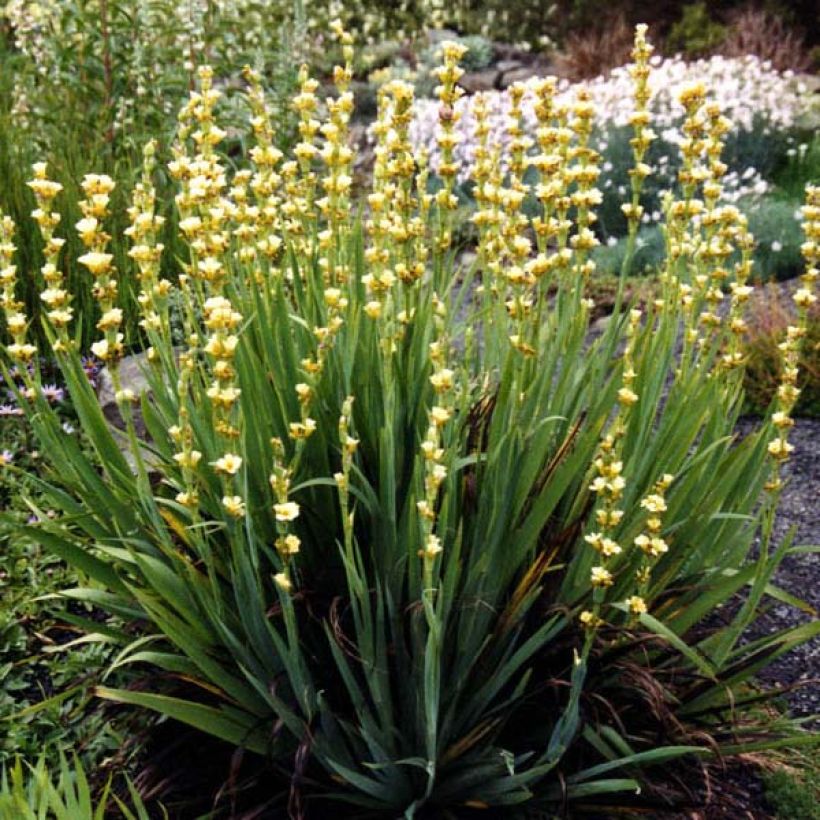

Flowering
Foliage
Plant habit
Botanical data
Sisyrinchium
striatum
Iridaceae
Pale yellow-eyed grass, Yellow Mexican satin flower
South America
Other Perennials A to Z
View all →Planting and care
Plant Sisyrinchium striatum in any ordinary, moist but well-drained to occasionally dry, even poor, sandy or rocky soil. It requires a sunny exposure to flower. This perennial is hardy in well-drained and porous soil. In very cold climates, it may be useful to mulch the base in preparation for heavy frost. If seed formation is to be avoided, faded and blackened inflorescences, which are aesthetically unappealing, can be removed.
Planting period
Intended location
Care
-
, onOrder confirmed
Reply from on Promesse de fleurs
Similar products
Haven't found what you were looking for?
Hardiness is the lowest winter temperature a plant can endure without suffering serious damage or even dying. However, hardiness is affected by location (a sheltered area, such as a patio), protection (winter cover) and soil type (hardiness is improved by well-drained soil).

Photo Sharing Terms & Conditions
In order to encourage gardeners to interact and share their experiences, Promesse de fleurs offers various media enabling content to be uploaded onto its Site - in particular via the ‘Photo sharing’ module.
The User agrees to refrain from:
- Posting any content that is illegal, prejudicial, insulting, racist, inciteful to hatred, revisionist, contrary to public decency, that infringes on privacy or on the privacy rights of third parties, in particular the publicity rights of persons and goods, intellectual property rights, or the right to privacy.
- Submitting content on behalf of a third party;
- Impersonate the identity of a third party and/or publish any personal information about a third party;
In general, the User undertakes to refrain from any unethical behaviour.
All Content (in particular text, comments, files, images, photos, videos, creative works, etc.), which may be subject to property or intellectual property rights, image or other private rights, shall remain the property of the User, subject to the limited rights granted by the terms of the licence granted by Promesse de fleurs as stated below. Users are at liberty to publish or not to publish such Content on the Site, notably via the ‘Photo Sharing’ facility, and accept that this Content shall be made public and freely accessible, notably on the Internet.
Users further acknowledge, undertake to have ,and guarantee that they hold all necessary rights and permissions to publish such material on the Site, in particular with regard to the legislation in force pertaining to any privacy, property, intellectual property, image, or contractual rights, or rights of any other nature. By publishing such Content on the Site, Users acknowledge accepting full liability as publishers of the Content within the meaning of the law, and grant Promesse de fleurs, free of charge, an inclusive, worldwide licence for the said Content for the entire duration of its publication, including all reproduction, representation, up/downloading, displaying, performing, transmission, and storage rights.
Users also grant permission for their name to be linked to the Content and accept that this link may not always be made available.
By engaging in posting material, Users consent to their Content becoming automatically accessible on the Internet, in particular on other sites and/or blogs and/or web pages of the Promesse de fleurs site, including in particular social pages and the Promesse de fleurs catalogue.
Users may secure the removal of entrusted content free of charge by issuing a simple request via our contact form.

































